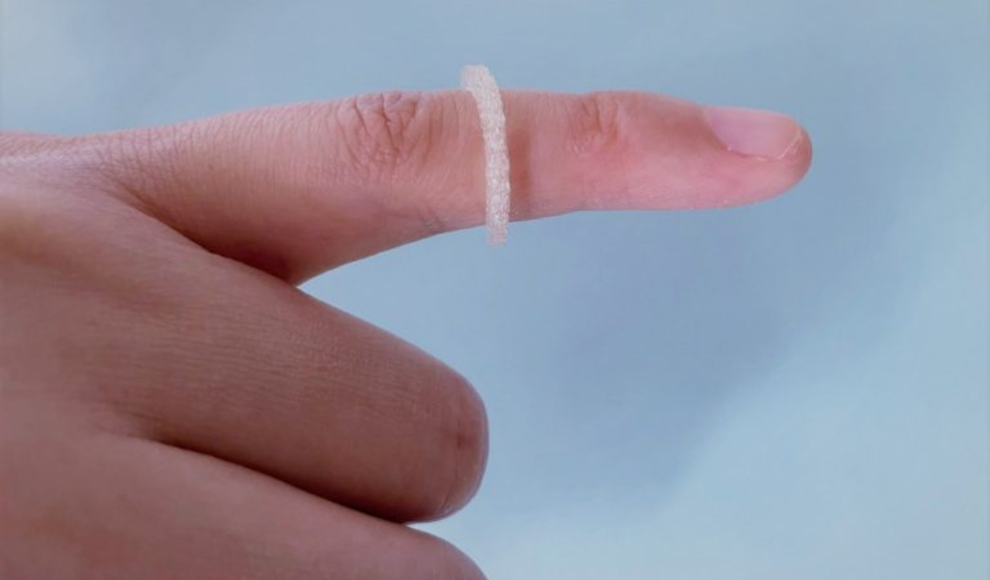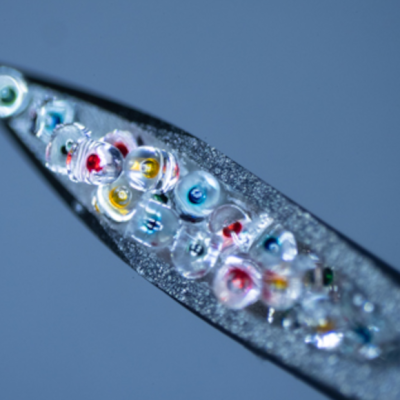Innovative 3D-printed polymer with encapsulated insect repellent promises long-term protection against mosquito and other insect bites. Researchers at Martin-Luther-Universität Halle-Wittenberg (MLU) have developed a permanent insect repellent based on the insect repellent IR3535 from MERCK, which is typically used as a spray or lotion and only provides protection for a few hours. “Mosquito sprays based on IR3535 have been in use worldwide for many years and are considered well-tolerated. That’s why we used the substance for our experiments,” said the researchers. According to their publication in the International Journal of Pharmaceutics, the insect repellent is incorporated into a biodegradable polymer using a special 3D printing technique. The resulting mixture can be processed into any desired shape, from which the insect repellent slowly emerges. “The basic idea is that the insect repellent continuously evaporates, i.e., is released into the environment and forms a barrier against insects,” the researchers explained.
The evaporation rate of the insect repellent depends on the structure of the polymer, the concentration, and the temperature. As an example, the researchers produced a finger ring that distributes the insect repellent for more than a week at body temperature, i.e., 37 degrees Celsius. However, the researchers noted that the ring is a prototype and that further testing is needed to determine its effectiveness in real-world conditions. The development of a long-term wearable insect repellent is a significant breakthrough in the fight against mosquito-borne diseases, such as malaria and dengue fever, which affect millions of people worldwide. The researchers hope that their innovation will lead to the production of a range of insect-repellent products that are more effective and longer-lasting than current options.
In conclusion, the 3D-printed polymer with encapsulated insect repellent developed by MLU researchers has the potential to revolutionize the way we protect ourselves from mosquito and other insect bites. The technology offers a long-term solution that is more effective and convenient than current options. While the finger ring prototype is a promising start, further testing is needed to determine its effectiveness in real-world conditions. Nonetheless, the development of a long-term wearable insect repellent is a significant step forward in the fight against mosquito-borne diseases.










